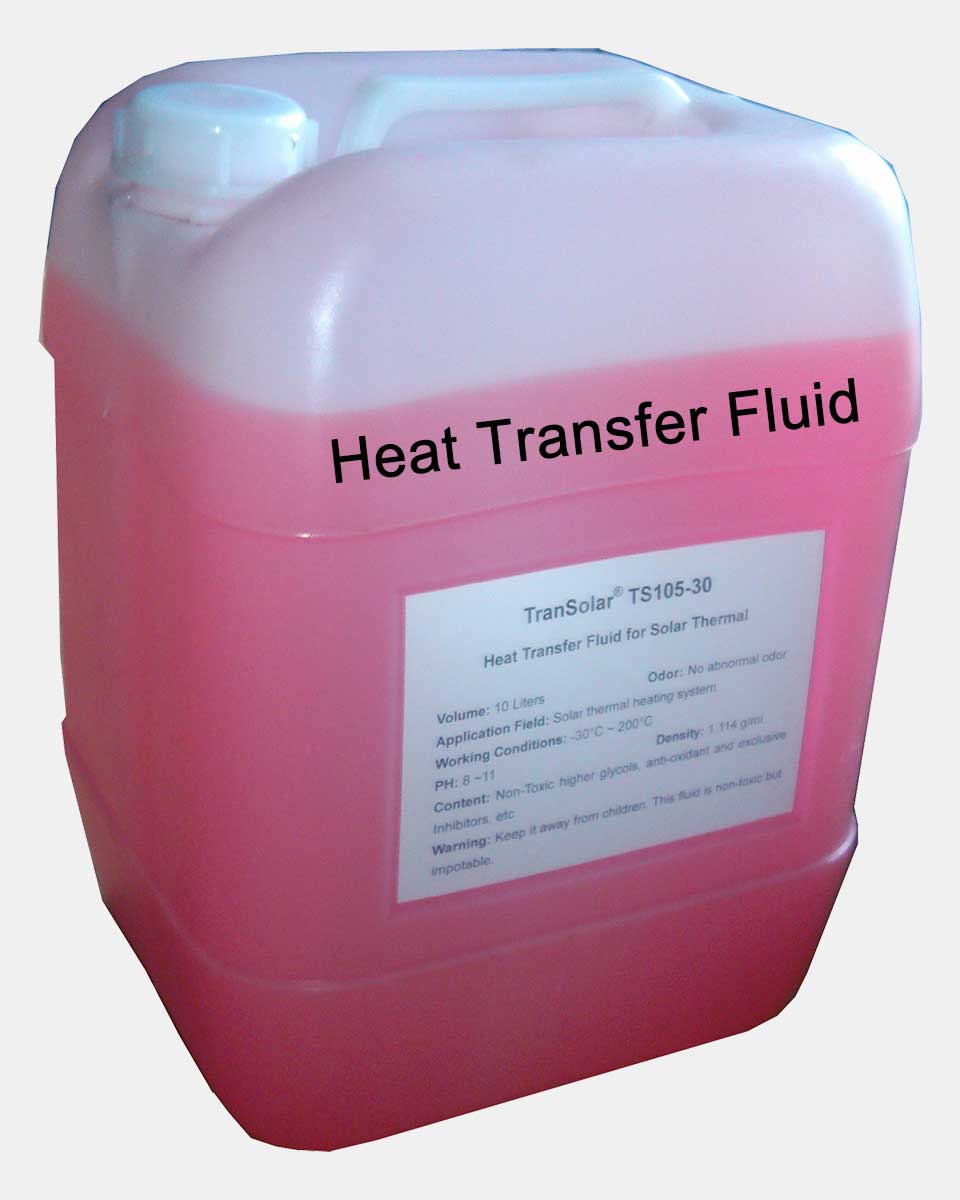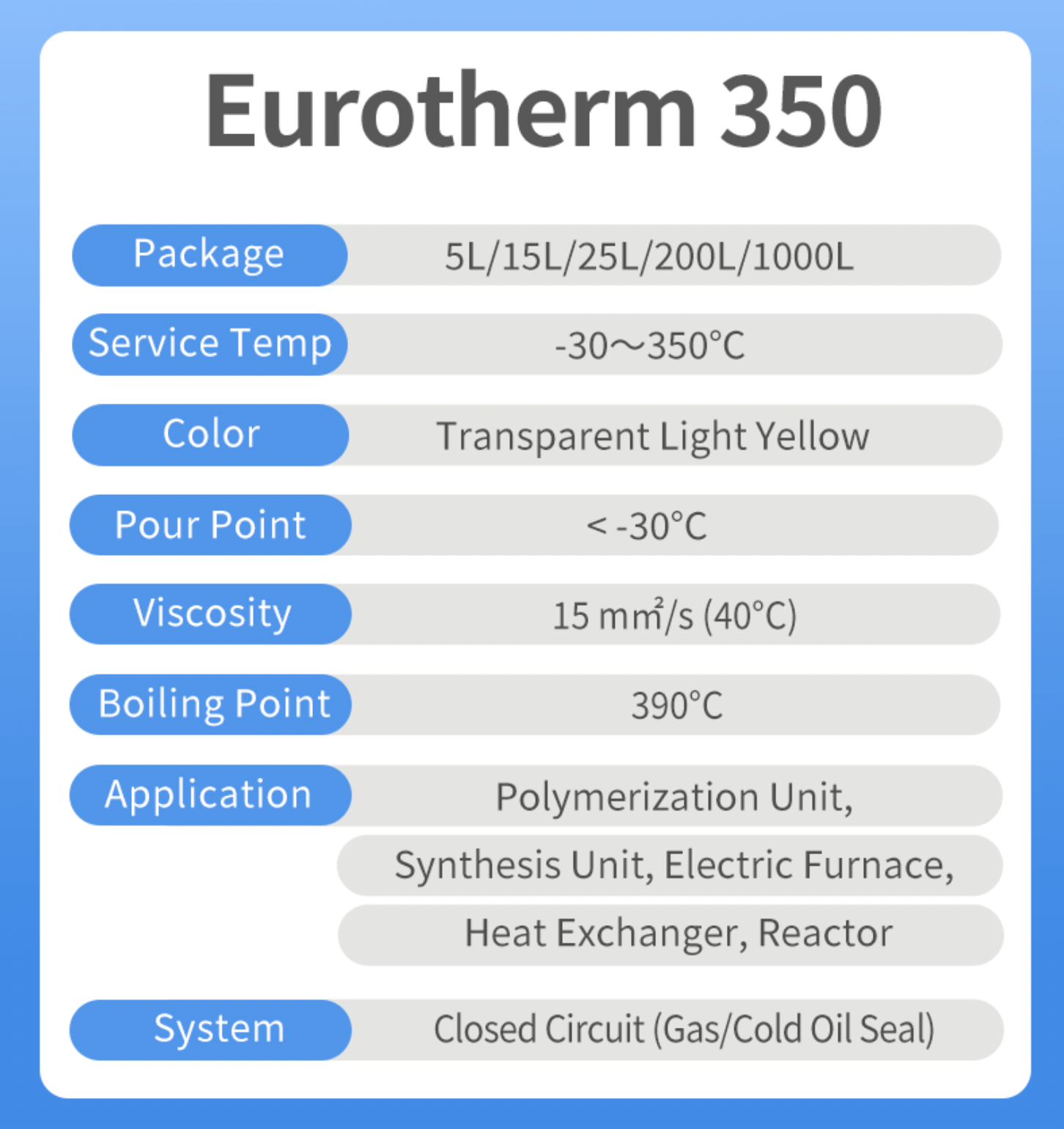Heat Transfer Fluid 101: What You Need to Know for Reliable Efficiency
Heat transfer liquids play an essential function in preserving performance and integrity within various industrial systems, yet their choice and administration are commonly overlooked. As we explore the foundational elements of warm transfer liquids, it ends up being clear that the effects for system performance and tools long life warrant careful consideration.
Importance of Heat Transfer Fluids
Heat transfer fluids play an important function in different industrial processes by assisting in the effective transfer of thermal power. These fluids are vital in applications such as home heating, temperature, and cooling policy, where maintaining precise thermal problems is essential for functional performance and safety and security. By improving the thermal conductivity and stability of systems, heat transfer liquids add substantially to power cost savings and process optimization.
The selection of appropriate heat transfer liquids can directly impact the efficiency and reliability of equipment (heat transfer fluid). As an example, in power generation and production, these liquids aid in warmth recuperation, enhancing overall system performance. Additionally, warm transfer fluids aid to avoid getting too hot and thermal degradation of equipment, thus expanding the life expectancy of tools and lessening downtime
Furthermore, the selection of heat transfer liquid influences ecological sustainability, as some liquids are developed to be extra ecologically friendly than conventional alternatives. This shift in the direction of sustainable options aligns with worldwide initiatives to decrease carbon impacts and promote greener commercial techniques.
Types of Heat Transfer Fluids
Choosing the right kind of warmth transfer fluid is essential for enhancing thermal monitoring in various applications. Warm transfer liquids can be broadly classified right into a number of kinds, each suited for details operational conditions and demands.

An additional classification includes cooling agents, which are created for cooling applications. These liquids operate effectively at reduced temperatures and stress, making them suitable for refrigeration and a/c systems. Glycol-based liquids are likewise popular, specifically in systems where freezing is a problem, as they supply antifreeze homes while maintaining practical heat transfer capacities.
In industrial applications, liquified salts are utilized for their high thermal ability and ability to operate at raised temperatures, making them ideal for solar thermal energy systems. Eventually, the choice of warm transfer liquid should straighten with the particular thermal needs, operating conditions, and wanted system effectiveness.
Trick Residence to Consider

When selecting a warm transfer fluid, comprehending the crucial homes that affect performance is crucial. Numerous variables have to be reviewed to make certain optimum effectiveness and durability in the application's operational environment.
Firstly, thermal conductivity is crucial, as it determines the liquid's capacity to transfer heat. Higher thermal conductivity commonly causes enhanced warm transfer efficiency. The particular warmth capability shows just how much power a fluid can store per device mass, affecting its capability to release and absorb warmth.
Viscosity is another crucial building, as it impacts the fluid's circulation qualities and, consequently, the my explanation system's effectiveness. Low thickness at operating temperature levels is desirable for minimized pumping energy and boosted circulation. In addition, the liquid's temperature security and boiling point are essential; a higher boiling factor is required for high-temperature applications to stop vaporization.
Last but not least, chemical stability and compatibility with system products are vital to stay clear of degradation and preserve system honesty in time. Recognizing these essential residential or commercial properties allows operators and designers to pick the most appropriate warmth transfer fluid for their particular applications, ensuring reputable and reliable efficiency.
Best Practices for Usage
In order to make the most of the effectiveness and long life of a heat transfer fluid system, adhering to ideal practices for usage is vital - dielectric cooling fluid. It is important to choose the proper warm transfer from this source liquid based on the system's functional temperature level array and particular application requirements. On a regular basis checking the fluid's residential or commercial properties, such as thickness, thermal conductivity, and pH degrees, makes sure optimum efficiency and can stop expensive break downs
Appropriate system style is also vital; guaranteeing that components are compatible with the picked liquid lessens the danger of degradation. Maintain a reliable purification system to get rid of particulates and pollutants that can impair heat transfer performance. Keeping the fluid at recommended fill degrees decreases the risk of getting too hot and cavitation.
Regular maintenance needs to consist of checking for leakages and replacing the fluid as required, as thermal degradation can take place gradually. Additionally, training employees on risk-free handling and operation lessens risks linked with warm transfer fluids. Lastly, developing a thorough record-keeping system to track fluid use and maintenance tasks improves system integrity and performance. By implementing these finest practices, operators can ensure trustworthy and efficient warmth transfer fluid operations.
Troubleshooting Common Issues
Although warmth transfer fluid systems are created for performance, operators may come across numerous issues that can impact performance. Typical troubles consist of liquid destruction, leakages, and inappropriate liquid degrees.
Fluid degradation commonly takes place as a result of thermal break down or oxidation, resulting in the development moved here of sludge and varnish that can obstruct systems. Regularly keeping track of fluid condition and adhering to maker standards for substitute can alleviate this concern.
Leak is one more regular worry, which can develop from used seals, harmed pipes, or loose fittings. It is essential to conduct routine inspections and maintenance to identify and rectify leakages without delay, protecting against fluid loss and system inadequacy.
Incorrect fluid degrees can arise from evaporation or leakages, causing decreased heat transfer performance. Operators must frequently check liquid levels and ensure that the system is properly loaded to preserve optimal efficiency.
Additionally, temperature level changes can indicate blood circulation issues or pump failings. Tracking system temperature levels and pressure can aid discover these troubles early, promoting timely treatments.
Conclusion


In final thought, the selection and upkeep of warm transfer fluids are essential for making sure dependable performance in numerous industrial applications. Recognizing the importance, kinds, and key properties of these liquids, along with executing ideal practices, can dramatically enhance thermal effectiveness and expand equipment life expectancy.
Warmth transfer fluids play a critical role in preserving performance and reliability within different commercial systems, yet their option and management are commonly forgotten.Heat transfer fluids play a vital duty in various industrial processes by assisting in the reliable transfer of thermal energy. By enhancing the thermal conductivity and stability of systems, warm transfer liquids add dramatically to power savings and process optimization.
Water is the most typical warm transfer liquid, preferred for its high warmth ability and cost-effectiveness. The specific heat capability suggests just how much power a liquid can store per unit mass, influencing its capability to take in and launch warm.